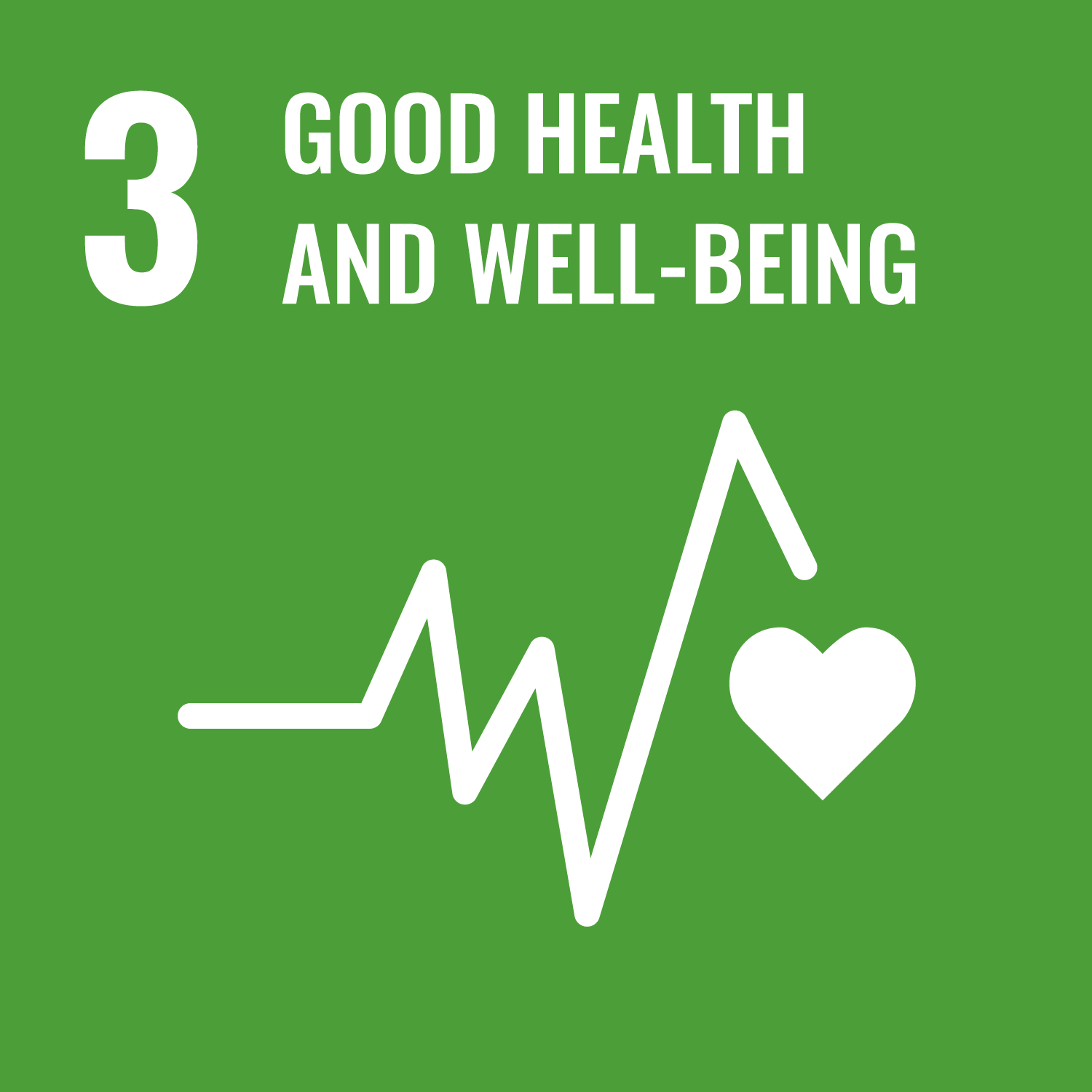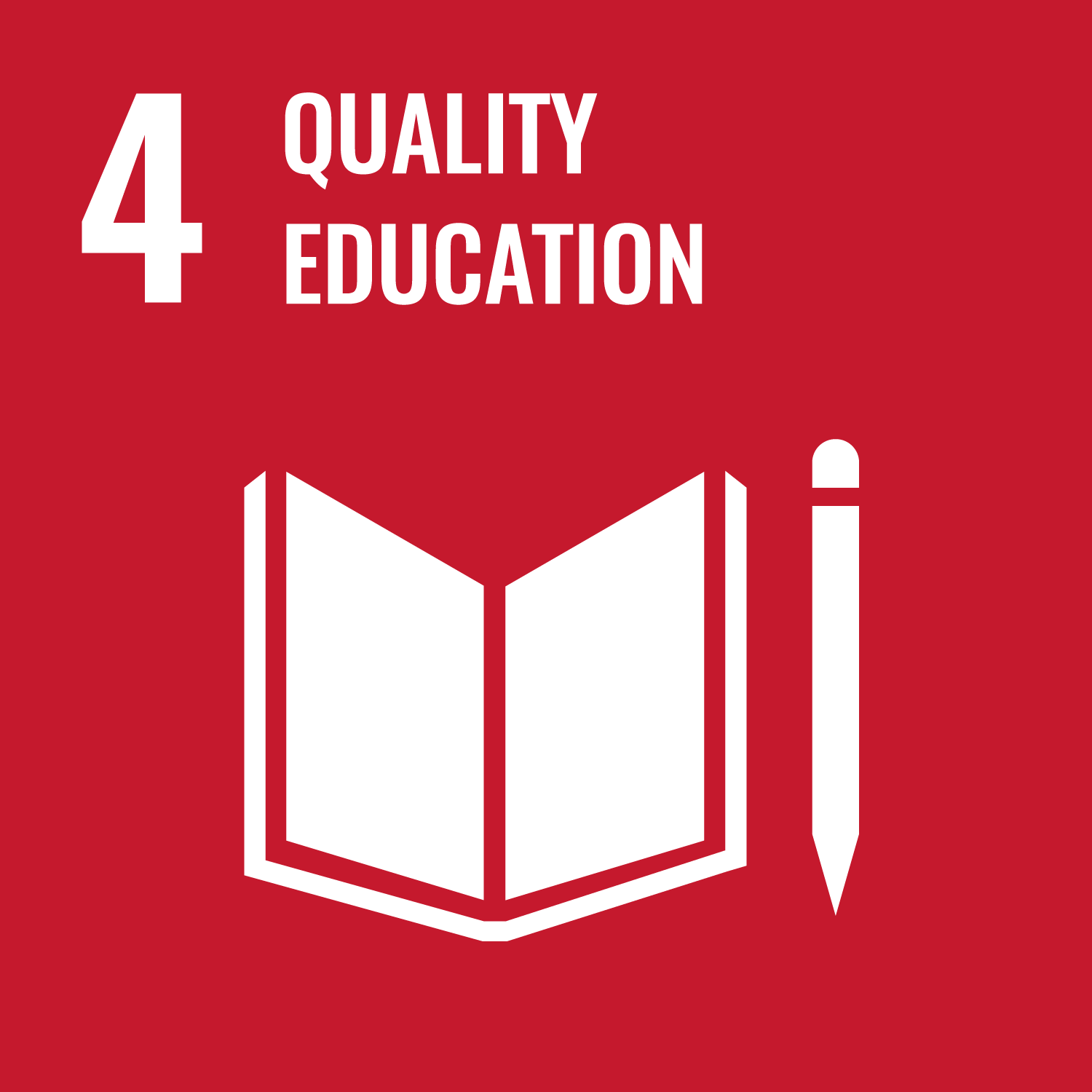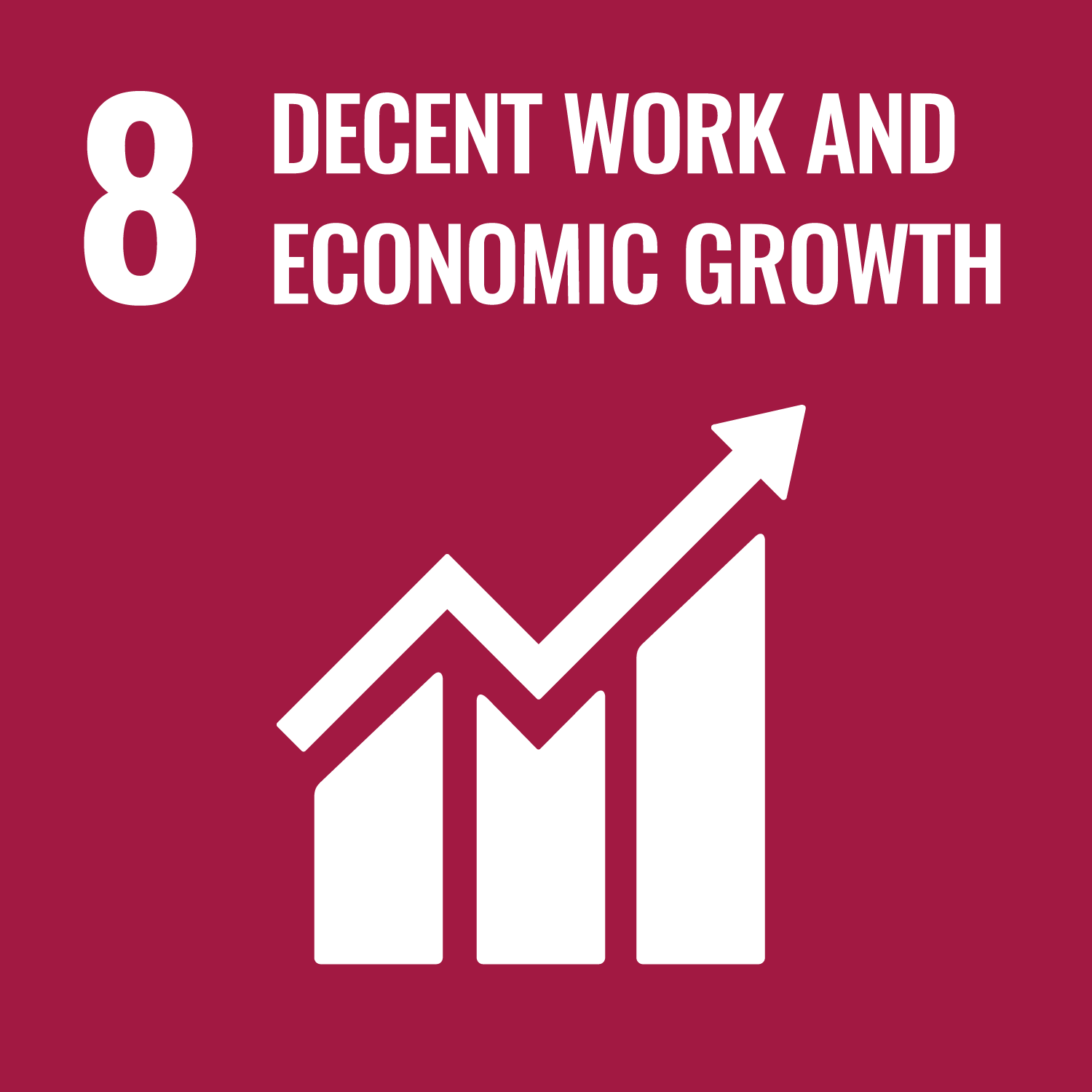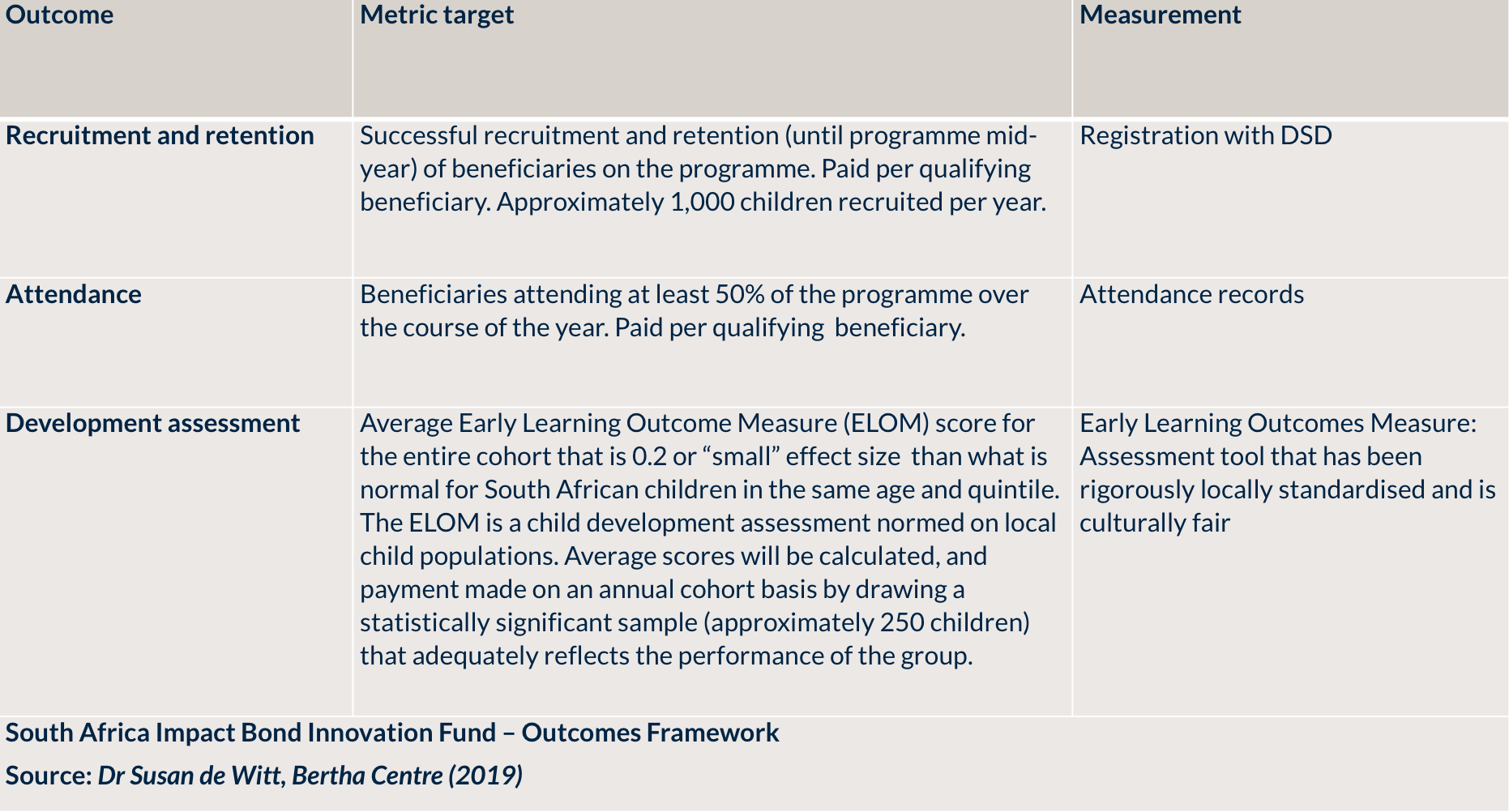
- Impact bond
- Education
- Child and family welfare
- Africa
South Africa
7 mins
South Africa Impact Bond Innovation Fund
Last updated: 26 Aug 2022
- South Africa Impact Bond Innovation Fund
- SDGs and project locations
- INDIGO Key facts and figures
- Target population
- The problem
- The solution
- The impact
- Outcomes framework
- Timeline*
- Project insights
- Interview with Dr Susan de Witt, Bertha Centre
- South Africa Impact Bond Innovation Fund
- SDGs and project locations
- INDIGO Key facts and figures
- Target population
- The problem
- The solution
- The impact
- Outcomes framework
- Timeline*
- Project insights
- Interview with Dr Susan de Witt, Bertha Centre
The Innovation Fund Impact Bond was the first early childhood development SIB to be launched in South Africa. It seeks to improve early childhood learning and development outcomes in the Western Cape.
Project Location
Aligned SDGs



INDIGO Key facts and figures
-
INDIGO project
-
Commissioner
-
Intermediary
-
Investor
-
Provider
-
Launch date
June 2018
-
Start of service provision
January 2018
-
Duration
2 years
-
Capital raised (minimum)
South African Rand 9.03m
(USD 1.04m)
-
Service users
4k+
Target population
Children aged 3 to 5 drawn from the low-income communities of Atlantis and Delft in South Africa’s Western Cape Province.
The problem
Over a quarter of children under five in South Africa are nutritionally stunted (height 2 standard deviations below the international average) which has a direct effect on cognitive development. Coupled with that, only about half of population of 3-4 year-old children are participating in any early learning programme, approximately half of which have demonstrated quality in terms of school readiness.
Thus, less than quarter of children can read for meaning by the end of Grade 4. An audit of early childhood development (ECD) access for children between the ages 3 and 5 years by both the national and Western Cape Provincial government in 2013/2014 showed that between 60 and 70% of these children do not attend registered ECD centres. This means that they cannot take advantage of the means tested stipend that is offered by government as one of the only forms of state support to this age group in early learning.
Currently the subsidy covers 20 hours per week per eligible child between the ages of 2 and 5 years with ratio of staff 1:12 for children 2-3 years and 1:20 for children 3-4.5 years. A much smaller percentage of the overall budget is spent on home and community-based programmes as the monitoring of these programmes is limited and thus effectiveness is not known. Most of these services are delivered by NGOs, whilst the reception school year has moved into primary schooling under the direction of the Department of Basic Education.
The solution
ECD programmes have been found to improve children’s cognitive, social, psychological readiness for school and are associated with long term economic productivity and relational stability. Along with human resources, finance and robust M&E systems, large scale programmes are needed to support early learning and nutrition for this age group to give them the best opportunity possible to thrive at school.
A $2.5 billion funding gap has been identified if South Africa is to achieve universal coverage by 2030, requiring both public and private resources to close; this would see an additional 1.3 million children receiving ECD services. Community-based programmes can be used to close the gap on both human resourcing and coverage as ECD centres scale up. And if home and community-based programmes demonstrate sufficient quality, a case can be made for significant government funding to be spent on these models of delivery.
The evidence thus far indicates that support is required to improve the quality of this low-cost model of early learning. The Foundation for Community Work (FCW) is a development and resource ECD organisation that promotes the holistic development of children within the context of their families and communities, through innovative, integrated, and sustainable interventions and programmes.
The Family in Focus Programme is a home visitation programme where community caregivers work with parents or caregivers and children in the home to deliver ECD programming focusing on the needs of pre-school aged children.
The impact
The Intellidex final evaluation report (2021) covered the performance of this project up to October 2020. The Innovation Fund impact bond delivered above market returns during this period, with investors earning, on average, annual returns of 14% (the maximum possible return was 16%).
On the outcome achievement side, the Intellidex report found that the Innovation Fund impact bond delivered on social returns. It was relevant to beneficiaries’ needs and was successful in meeting its immediate aims. 4,000 preschool-aged children (and their caregivers) were provided with free early learning programming in their homes (this is double the target number of children).
The quality of the services was indicated by children’s scores on the Early Learning Outcome Measure (ELOM): a recently developed test to determine the extent to which ECD programming is adequately preparing children for grade R. Though the ELOM targets were missed, improvements were achieved on this score by the intermediaries and service provider. The ELOM targets represented the true outcome measure in this project. That is, rather than simple output measures (number of children provided with services and number of sessions attended), the ELOM measures what that programming achieves for the children receiving it. However, less than 10% of the entire schedule of outcome payments were linked to this performance target. Returns to investors were therefore hardly affected by the underperformance against the ELOM target. Instead, the bulk of the payments were linked to recruitment and attendance targets that delivery agent FCW (Foundation for Community Work) stood very little chance of missing based on their extensive track record prior to the Innovation Fund impact bond.
Source:Intellidex final report on the Innovation Fund Impact Bond (April, 2021)
Outcomes framework

Timeline*
-
2015
- Scoping and feasibility completed
- Design options shared
- DSD funding secured
- Decision to split procurement between DSD and DoH (the initial intention was to jointly procure)
- Scoping and feasibility completed
-
2016
- Intermediary selected
- Donor outcomes funding secured
- Investors identified
- Specifications published
- Intermediary selected
-
2017
- Implementer chosen
- Auditor secured
- DoH transaction halts
- Implementer chosen
*The Impact Bond Innovation Fund was originally intended to fund and test two transactions using the shared services of intermediaries and a syndicate of joint investors. Although the Department of Health (DoH) Impact Bond failed to launch, the length of timeline is partly due to the coordination that was needed between Impact Bonds.
Project insights
Manage cost and complexity from the outset
The scope of the initial project was very ambitious with both the DSD and DoH wanting to develop an impact bond (IB) with different sets of stakeholders and outcomes. So, although the intention to share the services and transaction costs of intermediaries and investors across both IBs held the potential to bring down those costs, ultimately the coordination between the two transactions caused undue delays and complexity.
The withdrawal of the DoH implementer within one month of service delivery commencing also then posed a risk to the rest of deal as investors were expecting a larger investment size, spreading their risk across two interventions.
Fortunately, the intermediaries were able to restructure the financing arrangements satisfactorily but not without significant time delays and skilled stakeholder management. In addition, the outcomes selected for the DoH bond were numerous and partially contributed to the reluctance of the implementer to be held to results-based scrutiny and accountability.
Thus, it would have made sense to focus on a single, simple transaction before trialling with an additional department, cohort and intervention.
The public and private sector are seeking ways to collaborate
The appetite for collaboration in this initiative was high. The public sector was not only interested in augmenting inadequate and shrinking budgets, but also recognise that most NGOs do not receive the support they require to improve management, programme quality and thus scale of programmes. Civil society organisations were interested in multi-year sustained funding, core funding to strengthen their underlying systems and an opportunity to demonstrate the success of their interventions. Donors are keen to work with government because that is where sustained funding comes for programmes that work. Investors in South Africa have both a moral and regulatory mandate to invest in social programmes, but there is insufficient quality deal flow to address the appetite.
Thus, although this was a complex collaborative arrangement, there was a high degree of flexibility and compromise in the journey to launch. For example, the outcome funders advanced some capital outside of the contract to enable an extended ramp up period, the outcome targets were altered to reflect a delay in the launch, even the institutional investors remained at the table despite a change in deal-terms, and the intermediaries committed time and effort beyond their budget to ensure the transaction happened.
The process demonstrated the lengths that each stakeholder group would go to ensure the strengths of each were maximised for the good of the whole and there is encouragement to continue to refine and simplify the process.
Significant operational improvements have been achieved as result of outcomes focus
FCW has had the opportunity, funding and support to make several important changes to improve its ECD interventions. They have replaced paper-based collection system with an electronic system resulting in real time monitoring and more reliable data collection.
The number of caregivers and children to be visited by home visitors has been reduced to improve the quality of implementation, better reach targets for frequency and duration of home visits, and ensure better data collection practices.
The training programme for Home Visitors has been revised to now offer the home visitors a formal career path in ECD as well as improve their ability to engage with caregivers and children, strengthen safety nets around children, and refer families for professional support.
In addition, FCW now provides ongoing psycho-social support for Home Visitors to help them cope with the stresses of violence and crime in the communities in which they live and work. In response to high attrition rates of home visitors FCW has increased the monthly stipend for each home visitor.
Interview with Dr Susan de Witt, Bertha Centre
Contact details
Dr Susan de Witt, Bertha Centre
References
Communication with Nafeesa Rahbeeni (FCW) and Joseph Di Silvio (Volta Capital), July 2019.
Bertha Centre (2018) First early childhood development social impact bond launched in South Africa
Boggild-Jones, I. & Gustafsson, E. (2018) A landmark month for impact bonds in education
Department of Social Development & Unity, E. P. R. (2014) Audit of Early Childhood Development Centres.
Intellidex final report on the Impact Bond Innovation Fund (April, 2021)
This case study was compiled by Dr Susan de Witt, Outcomes-Based Contracting Lead at the Bertha Centre in October 2019 and updated with additional data in August 2022.
Page last updated: August 2022.